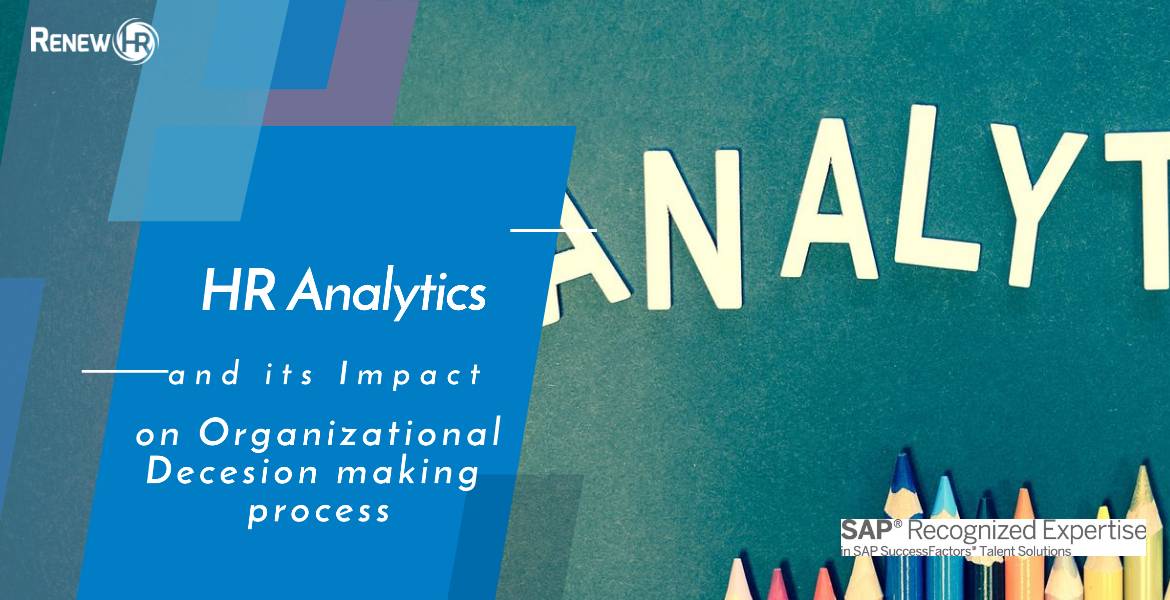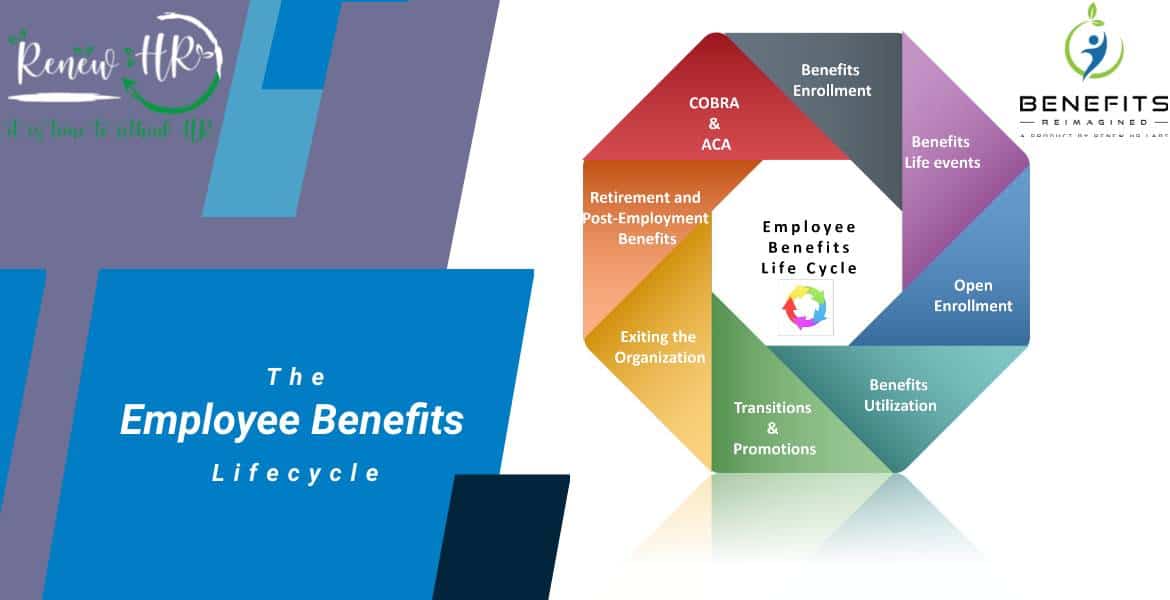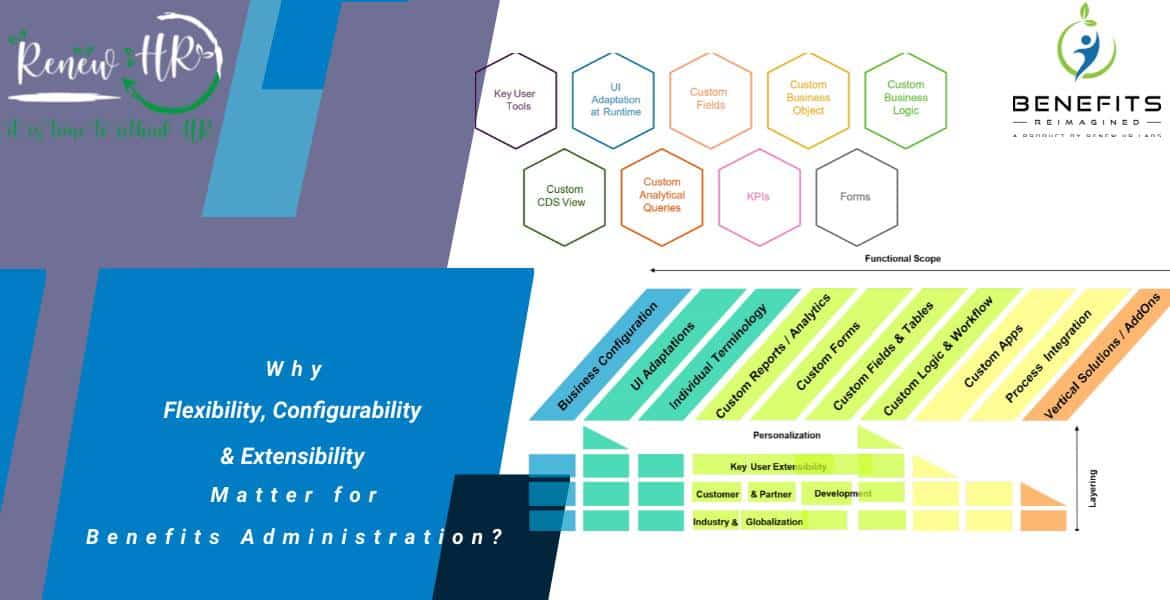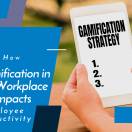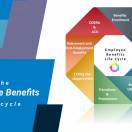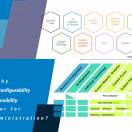
Digital transformation is changing the organizational decision making process and creating connectivity among people, processes, technology, and data.
Organizations have the opportunity to be the disruptor or being disrupted. Your timely and positive decision making process can help your organization and the business to grow.
But to be successful in the digital economy, just having access to more data isn’t enough. To make decisions based on real data, you need to be able to ask questions and have better answers.
What is needed in these troubled times is the ability to provide employees, managers, and administrators the ability to have business insight that they need to make better decisions. In return that you will help your organization to become the disruptor, not the disrupted.
The challenge for HR is in this new digital world is to fundamentally change the way it has been working all these years and enable transforming organizations’ business strategy into results-oriented outcomes through people.
This would necessitate HR to create new processes and new business opportunities. It has to step beyond the automation of HR processes and service delivery.
HR has to take a more top-down approach to start with business challenges, identify KPIs and measures that impact the business results, and engages the total workforce in delivering the organizational objectives. Through digital transformation, HR can and must bridge the gap to help drive the leadership agenda.
Contents
HR Analytics helps organizations to have a better decision making process which addresses business challenges
The graph below from Google Trends shows that the search for HR analytics has grown in popularity and continues to gain interest.

In the business world, terms like HR Analytics, People Analytics, Talent Analytics, and Workforce Analytics are interchangeably used. But when you talk about HR Analytics, it goes past the HR domain and starts interacting with other functions like finance, sales, supply chain, etc. to find meaningful answers for the business.
What we have observed is that even the most evolved and accomplished HR organizations are struggling to fulfill their corporate responsibilities:
- Continuous transformation is not easy. One hand HR has to manage Core HR and Talent processes efficiently, reasonably, and in regulatory compliance across the organization and throughout the employment life-cycle.
- Engage, develop, and deploy organizational talent across the organization all across the year for the organization’s maximum productivity.
- Help better decision making process across the Organization with HR and talent insights. This helps senior leadership to make overall organization-wide decisions based on facts and Big Data.

Various Organizations struggle to strategize and execute one or more of the above responsibilities. But progressive organizations are increasingly using KPIs, Metrics, and Big Data in HR to respond to the above challenges.

Why is there a more significant demand for HR Analytics?
The role of HR Organizations has evolved due to various business defining moments in the last decade, such as the financial crisis of 2010, increasing globalization, diversity, COVID-19 turmoil, and many other such events. So HR has to be more strategic than just play the role of an administrator.
New HBR Research “How Four Talent Practices Add Up to Big Revenue Gains” suggests that the following four Talent Management practices have the potential to “see an additional 8 percent higher revenue per employee, for a total advantage over the average business unit of 59 percent” :
- Select managers with natural talent.
- Select the right individual contributors.
- Engage employees
- Add a focus on strengths.
To execute the Talent strategies well, HR organizations would need analytics to help them with their decision making process.
From the days of the Industrial revolution (1760-1913), World War 1 & 2 (1913-1945), Pos-world war (1946-1990), and beyond, HR has come a long way but still the use of analytics within HR lags behind by other organizational functions by a large number.
As a result, HR organizations very seldom use data modeling and predictive analytics in cases of attrition, hiring, and talent development areas, let alone linking employee performance with revenue growth. SHARM report “Report: HR Lags in Using Data to Make Decisions” has the following to say among the other findings:
- 92 percent of companies are struggling to get the strategic insight they need to solve retention problems and other issues.

- 59 percent don’t currently have a system in place to monitor employee engagement.
- 46 percent of respondents struggle to make better use of people’s data.
As a result, HR scorecards and dashboards usually depict primarily HR data but not the business impact of that data. This happens because, in most situations, HR is not used to asking the right questions; hence they do not solve the right problems.
This is one of the main reasons why HR rarely is involved in more extensive Organization-wide decision making process such as mergers, acquisitions, expansion into the new market, moving from brick and motor to digital, etc.
HR trends
Recent Deloitte Global Human Capital Trends show the need for the HR Analytics (People Data) and lack of preparedness of the Organizations worldwide.

What are the Biggest Challenges of HR Analytics?
To build actionable KPIs, metrics, and analytics in HR is not easy, and the above graph is the testimony of that. Unlike a function like finance which has been using analytics for more than a couple of decades, HR, unfortunately, faces many critical challenges in its HR analytics journey:
-
- Data scientists specializing in HR, who can gather, manage, and report on data are a rare commodity.
- For useful HR analytics, you need good quality data, and most often than not, HR cannot produce clean and high-quality data.
- HR usually resides in its silo and very rarely integrates well with the other organizational processes. Hence data modeling and building hypotheses to base decisions on the connections between talent and business performance becomes extremely difficult.
- HR mostly follows the “best-of-the-breed” approach. This means you have specialized software for almost every other HR processes like recruiting, performance, Core HR, etc. which makes a holistic approach to solving business problems and tying actions and insight to ROI, very challenging.
- Consistent and industry-standard KPIs and HR metrics. Unfortunately, there is no such thing as a uniform KPIs and Metrics in the HR world. No two organizations calculate the headcount or the turnover numbers in a similar manner.
- Also finding out HR analytics tools which can combine both HR data, external benchmarking as well as data from other processes together in a simple manner.

Bringing everything together
The biggest challenge to business success through HR analytics can be the lack of process and data integration first within and then with the external functions. HR needs to work very differently than what it has done before, but it’s far easier discussed than done. Following are some of the tried and tested route that can be applied to all organizations:
- Bring in diversity in the HR function. Get people who understand the overall business, both operational and functional, to work with the broader HR team. These individuals will be able to build business acumen in HR and can talk the language of business.
- Bring in HR specialized data scientist. These individuals are highly skilled and can build KPIs and Metrics for HR with active support from the HR Organizations.
- HR should be involved in the highest level of planning and decision making process. This will help HR to build mutually beneficial relationships with other business leaders. This will help HR to understand their issues and objectives, which in turn would help them exploring where and how HR can make a difference.
- Learn and model some of the tried and tested approaches used by other functions like supply chain inventory model for people movements like hiring and turnover. Or use a portfolio risk management approach to turnover, shortages, and capabilities gap. And, very importantly, use very successful customer loyalty models for employee engagements.
- At first, build some key HR analytics like the risk of key employees leaving the organization and its impact on productivity, getting senior leaders buy-in, in things which are easy to demonstrate would be much more comfortable than something like linking employee motivation to shareholder value.

Doing all the above is fine, but the goal should always be to focus on business outcomes. Every HR initiative is Performance Management, Succession Planning, or Talent acquisition, which should be related to the organization’s overall objectives, like customer satisfaction, higher productivity, and revenue growth. Very simply put, a Training strategy should not only train employees on what they need to perform on their job at hand but also should look at overall organizational objectives of growth and see what would be necessary for the organization in the future.
Every HR executive should ask themselves the question regarding what is the overall business objective of any HR initiative.
Some other aspects where everyone can work together
HR has the capabilities of looking across the organization through the lenses of people, staff movement, and culture. Hence it can solve the problem of connecting people and processes through a variety of quantitative and qualitative approaches:
- Identifying the communication gap, analyze the organization’s communication flows, strengths, deficiencies, and bottlenecks?
- Problem-solving, build a cognitive and cohesive model for problem-solving within the organization where cross-functional and cross-organizational teams come together for a particular cause.
- Building organizational culture through job rotation, some organizations ensure that job rotation within the organization is taken seriously. These organizations, over some time, develop their own culture, which makes all employees work as a single team.

Through the above activities, HR can build an environment ready for superior HR analytics, which will help them to be part of overall organizational decision making process. As long as HR focuses on the corporate objectives and come out of its silos and help others also to come out of their’s as well, it can surely build amazing people analytics for everyone.
What should we learn from the recent COVID-19 crisis?
The recent and ongoing pandemic has probably changed the way everyone looks at business going forward. HR is front and center of the humanitarian crisis. All the CHROs and senior executives would have learned one thing important from this crisis that they should better utilize HR data and make human capital a better understood and more strategic lever in business success and continuity because it is not only to manage the current situation but also to manage the workforce in the aftermath of the crisis.
Post COVID-19, the organizations which focused on business outcomes and planned for possible future contingencies will do much better than those who were lived in their silos. HR needs to understand fast how is the workforce changing in terms of both diversity, demographics, and capabilities? Particularly as social distancing and work from home will become a norm going forward.
As organizations let go of employees because of business losses, how would the face of employment change within an organization?
Would organizations hire more contingent workers or bring more people who can work from home?
Talent acquisition and skill development may have a different meaning if the COVID-19 crisis changes the way we work going forward. Will the technology plays a much more significant role under the circumstances, will employe engagement and communication needs to be addressed in an entirely different manner.
And finally, what HR and senior executives learn from this crisis through big data analytics is going to help them not only to be successful in the near future but would make them business ready for future challenges.
SAP can help organizations to be more data-driven and strategic
SAP, unlike other niche HR vendors, has decades of experience in business analytics across all industries across the globe. Hence they are rightly situated to help your organization build unique HR analytics for better decision making process.
SAP can help you bring all the organizational data from people and enterprise data to, Big Data, IoT, and beyond. For more information on how to Renew HR in partnership with SAP can help your organization in your digital HR Transformation and analytics journey, please visit our Reporting and Analytics page.
- The employee benefits lifecycle - 04/08/2023
- Why Flexibility, Configurability & Extensibility matter for Benefits Administration? - 02/08/2023
- The communication challenges - 31/07/2023


